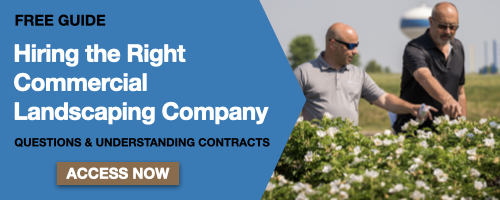When planning commercial landscaping in the Greater Chicago area—whether you're managing a retail center, HOA, industrial site, or healthcare campus—you’re balancing visual appeal, maintenance efficiency, and budget. You want your property to look professional and inviting without becoming a burden to maintain.
That’s where native plants offer a powerful solution.
In this article, we’ll walk you through:
- Why native plants are ideal for commercial landscapes in Chicago
- The environmental and cost-saving benefits they offer
- How to distinguish native, naturalized, and nativar plants
- Five of our top native plant recommendations for your property
If sustainability, low maintenance, and long-term performance matter to you, these native options should be on your radar.
Why Native Plants Work for Chicago Commercial Landscapes
Native plants are species that evolved in a specific region over thousands of years. They’re naturally adapted to local soil types, precipitation patterns, and temperature swings—which makes them especially resilient in Chicagoland’s dynamic weather.

For commercial landscaping in Chicago, native plants offer unmatched resilience compared to exotic varieties. They’re built to withstand the city’s extremes, from summer droughts to freezing winters.
Key Benefits of Landscaping With Native Plants:
- Low Maintenance: Native plants typically require less watering, fertilizing, and pruning once established.
- Cost Savings: With fewer inputs and less risk of failure, your long-term maintenance budget benefits.
- Ecosystem Support: Native plants attract beneficial pollinators like bees, butterflies, and birds.
- Sustainability: These species help preserve biodiversity and reduce the environmental footprint of your landscape.
Whether you're creating a modern design or enhancing an existing property, native plants can support both aesthetic and environmental goals.
What Makes a Plant “Native” in Illinois?
A native plant occurs naturally in a specific ecosystem—without human introduction. In Illinois, native plants once thrived across prairies, woodlands, wetlands, and savannas.
You might also hear terms like:
- Naturalized Plants: Non-native plants that behave like natives (spreading, attracting wildlife), but originated elsewhere.
- Nativars: Cultivated versions of native species—bred for improved color, size, or form while retaining ecological benefits.
For commercial properties, nativars offer the visual impact property managers want with the hardiness of native species.
Understanding this distinction helps ensure you're choosing plants that not only look good but also perform well in real-world conditions.
Best Native Plants for Commercial Landscaping in Chicago
These native selections balance beauty, durability, and performance for various commercial landscape types.
1. Oak Trees (Quercus species)
As the Illinois state tree, oaks offer deep-rooted symbolism and ecological value. With around 20 species native to Illinois, you can select the right size and form for your site.
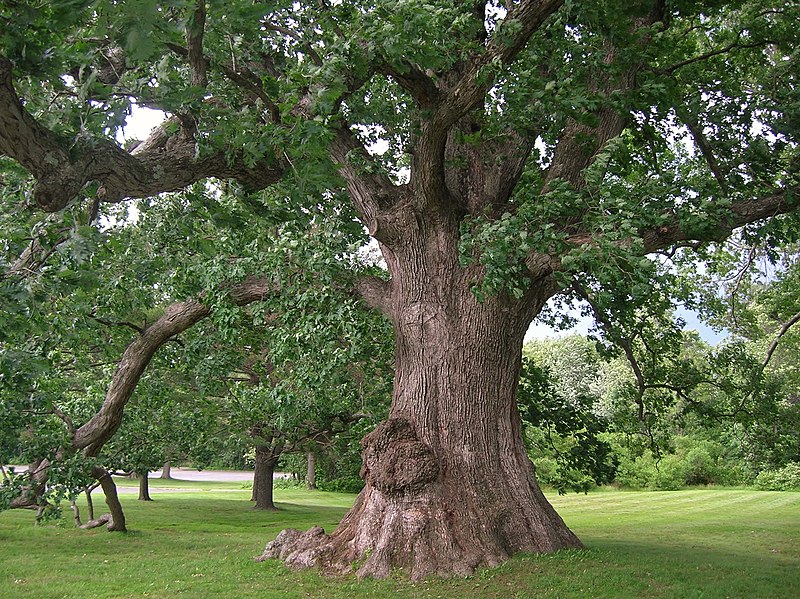
Why They Work:
- Long lifespan with proper care
- Support over 100 species of wildlife
- Deep root systems improve soil stability
Best Picks for Oak Trees:
- White Oak (Quercus alba) – 60–70 ft tall, iconic form
- Swamp White Oak – Handles wetter soils, great for detention areas
- Red Oak – Faster growth, stunning fall color
2. Wild Black Cherry Tree (Prunus serotina)
A showy native tree ideal for mid-size commercial landscapes. In spring, it blooms with clusters of white flowers, followed by small dark fruits in late summer.
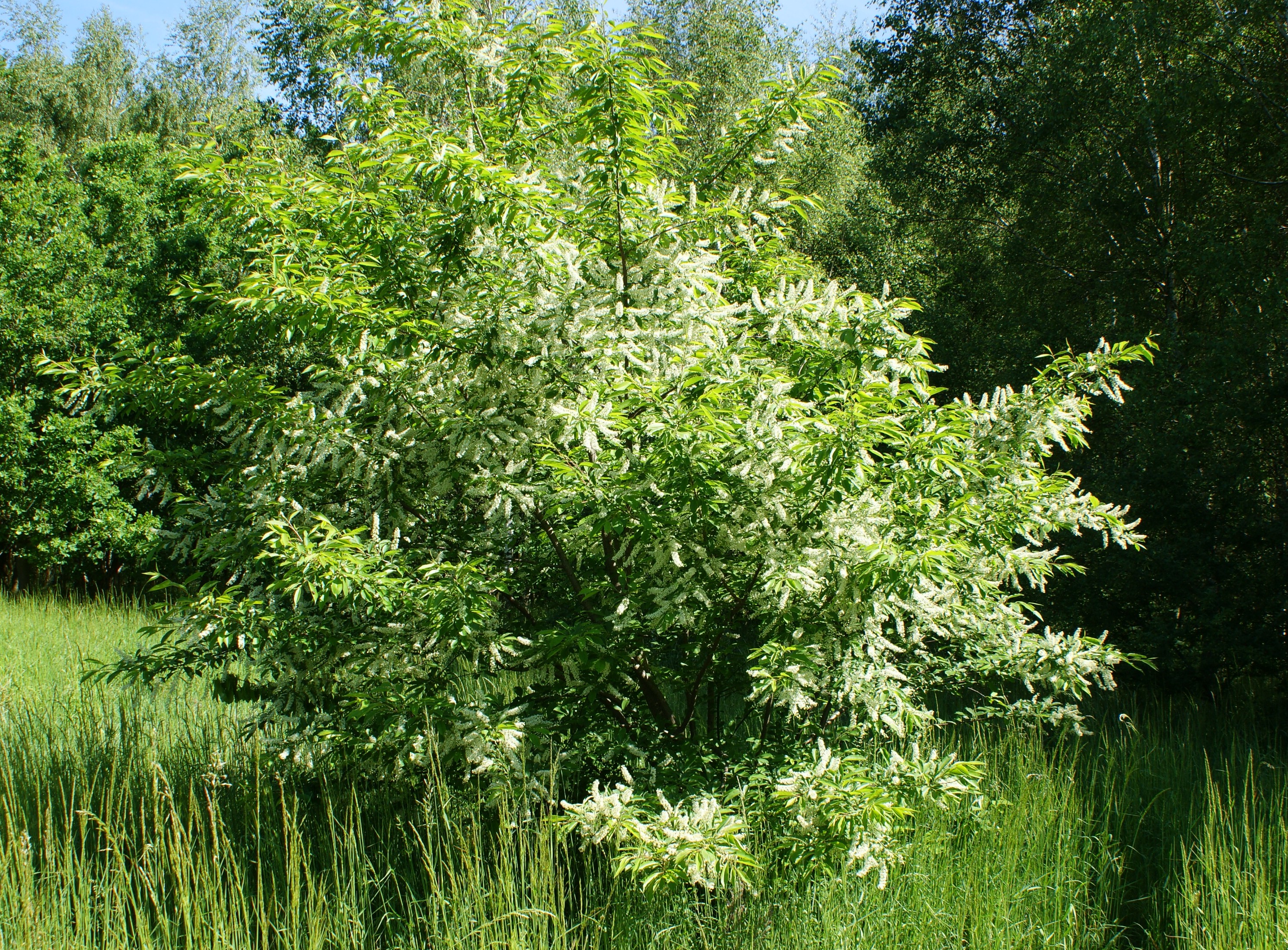
Wild Black Cherry Tree Benefits:
- Attracts birds and butterflies
- Adaptable to sun or partial shade
- Reaches 50–60 ft tall, 20–30 ft wide
Pro Tip: Use this tree as a focal point in entryways or employee seating areas.
3. River Birch (Betula nigra)
Known for its distinctive peeling bark, river birch adds year-round interest—especially in winter.
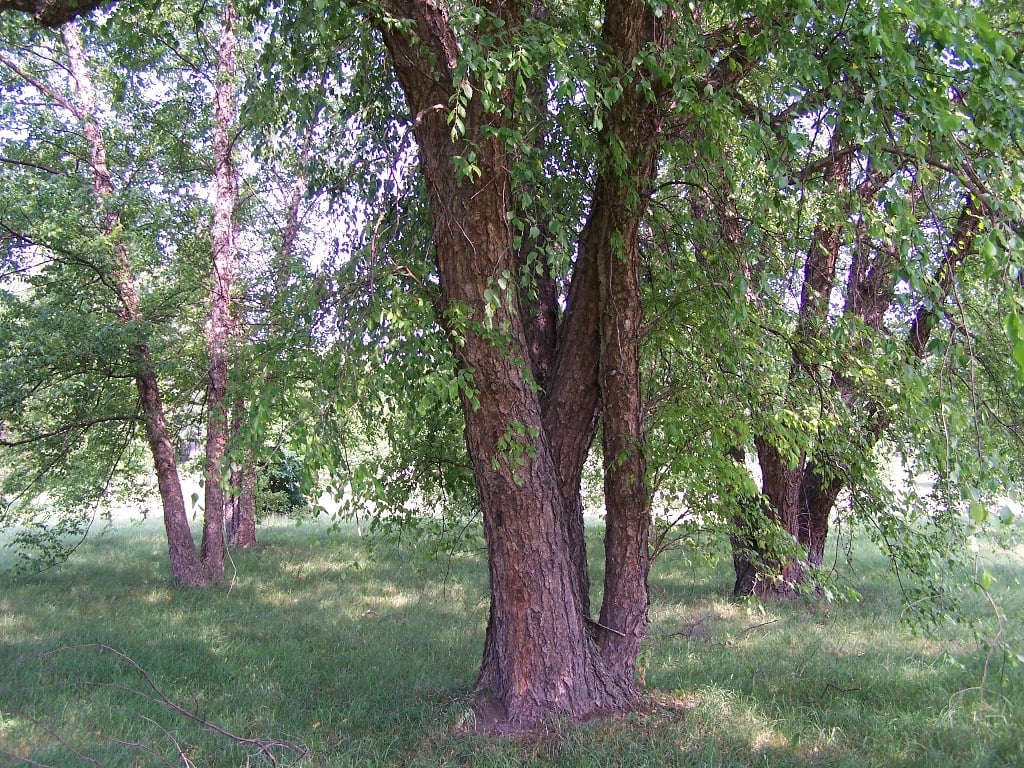
River Birch Trees are Ideal for:
- Mid-sized spaces needing vertical interest
- Wet or poorly drained soils
- High-visibility areas like road frontage
Color: Green leaves turn soft yellow in fall
4. Chokeberry (Aronia spp.)
A versatile native shrub available in red and black varieties. Great for hedges or mass plantings in modern commercial settings.
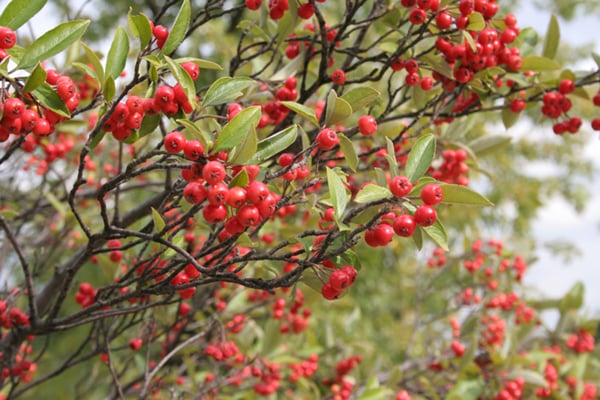
Why Chokeberry Stands Out:
- White spring flowers and bold summer berries
- Tolerates wet or dry conditions
- Attracts pollinators and birds
Top Cultivars:
- Aronia ‘Iroquois Beauty’
- Aronia melanocarpa ‘UCONNAM165’
- Red chokeberry grows 6–10 ft tall; black is slightly smaller
5. Bush Honeysuckle (Diervilla lonicera)
Not to be confused with invasive honeysuckles, this native version is a low-maintenance workhorse.
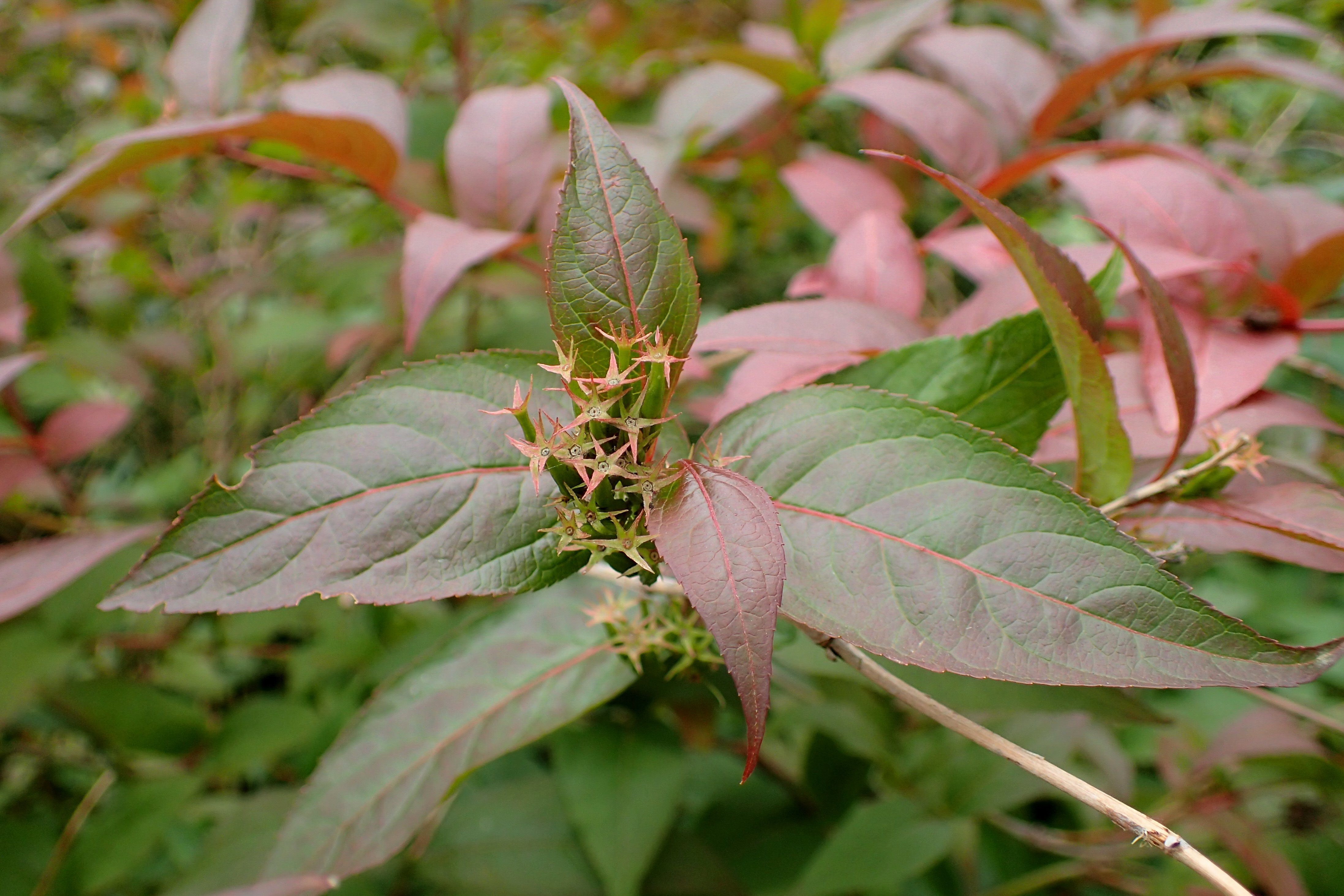
Bush Honeysuckle Features:
- Dense green foliage turns red-orange in fall
- Yellow flowers mature into red tones, attracting butterflies
- Thrives in full sun; perfect for shrub borders and entry beds
Size: Compact, mound shape – ideal for tight or sloped areas
How Native Plants Support Sustainability & Cut Costs
Here’s why Illinois native plants are a smart long-term investment for property managers and commercial facilities:
Water Conservation
Their deep roots help retain moisture and improve drought tolerance.
Lower Maintenance
Fewer replacements, reduced need for irrigation, and no need for exotic fertilizers or pesticides.
Environmental Value
They provide habitat for pollinators and promote ecological balance.
Native plants for commercial landscaping in Chicago aren’t just good for the environment—they’re good for your budget and brand image, too.
Ready to Enhance Your Landscape With Native Plants?
At KD Landscape, we’ve helped dozens of Chicago-area businesses integrate native plants into landscapes that align with their branding, budgets, and sustainability goals.
Whether you're refreshing an existing landscape or starting from scratch, our team can help you select, source, and install native trees, shrubs, and groundcovers that thrive in your exact conditions.
Let’s talk native plants. Request a free consultation today and discover how we can create a landscape rooted in sustainability, beauty, and long-term performance.
Image Sources | White Oak, Wild Black Cherry, River Birch, Red Chokeberry, Bush Honeysuckle


